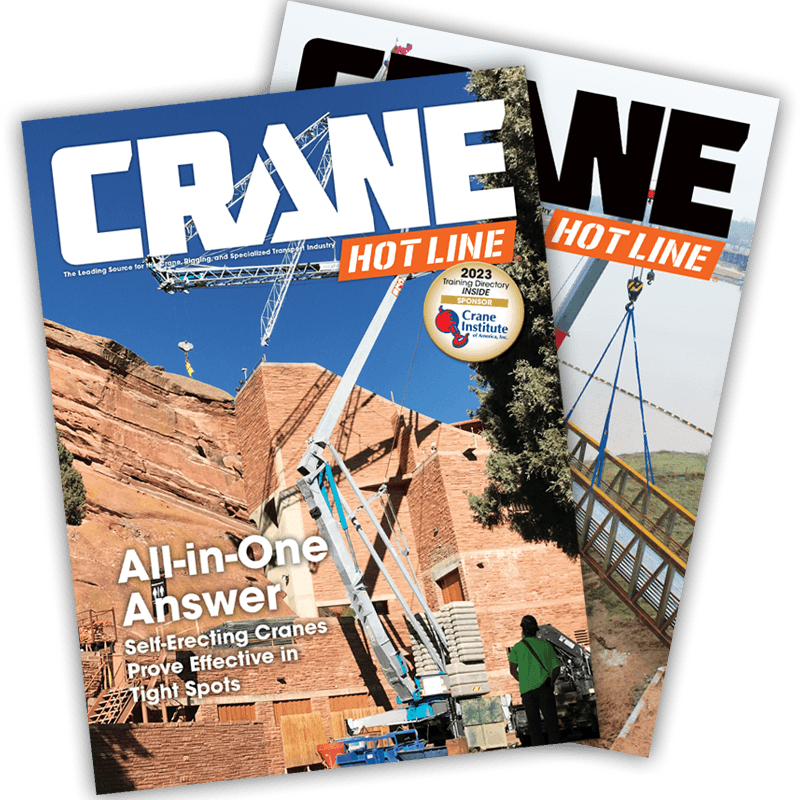CARB Adopts Rule to Reduce Off-road Equipment Emissions
"This regulation will prevent thousands of premature deaths and reduce health care costs for those suffering from respiratory disease such as asthma," said Mary Nichols, ARB chairman. "It is also the first of its kind in the nation, and, as has occurred with other
Diesel particulate matter, or diesel "soot," was identified as a toxic air contaminant in 1998. In 2000, the ARB established
Because many diesel engines lack emission controls and can remain in use for 30 years or longer, they will remain a major contributor to air pollution. The regulation adopted will reduce emissions by installation of diesel soot filters and encouraging the replacement of older, dirtier engines with newer emission controlled models. By 2020, diesel particulate matter will be reduced by 74 percent and smog forming oxides of nitrogen by 32 percent, compared to what emissions would be without the regulation.
The new rule also includes a provision allowing areas that are currently unable to achieve clean air standards set by the U.S. EPA for particulate matter to opt in to stricter regional requirements if incentive funds are made available. The air districts that could take advantage of this provision are the South Coast Air Quality Management District and the San Joaquin Valley Air Pollution Control District; both are considered "non-attainment areas" for particulate matter. Depending on the amount of incentive money made available, these provisions could as much as a double the NOx emissions benefits in these districts, setting them on a faster track to meeting their clean air goals.
The requirements and deadlines vary depending on fleet size. For small fleets, which include small businesses or municipalities with a combined horsepower of 2,500 or less, implementation does not begin until 2015. Medium fleets, with 2,501 to 5,000 hp, have until 2013 to comply, while large fleets, with more than 5,000 hp, must comply in 2010. Affected vehicles include bulldozers, loaders, backhoes and forklifts, as well as many other self-propelled, off-road diesel vehicles.
ARB performed a comprehensive economic analysis of the rule's impact on business, concluding that the regulation will cost industry up to $3.5 billion over its lifetime. Staff reviewed individual companies' financial records and conducted numerous workshops to discuss the cost of the regulation as well as impacts on individual businesses. ARB also gave special consideration to small businesses to ensure that the regulation would not provide undue economic hardship.
The board's action also sets the stage for efforts next year to develop similar requirements for the hundreds of thousands of on-road trucks that travel on
According to ARB estimates, over its course, this rule will prevent at least 4,000 premature deaths statewide and avoid $18 billion to $26 billion in premature death and health costs.
The CARB ruling is not without its opponents. Mike Lewis, chair of the Coalition to Build a Cleaner California and executive vice president of the Construction Industry Air Quality Coalition said the regulation is unrealistic. “With just a few changes, the board had the opportunity to make this a win-win for


